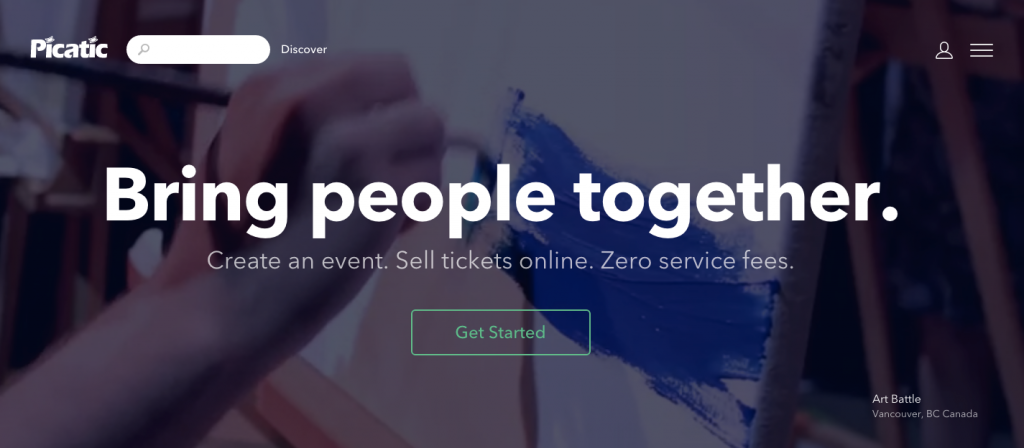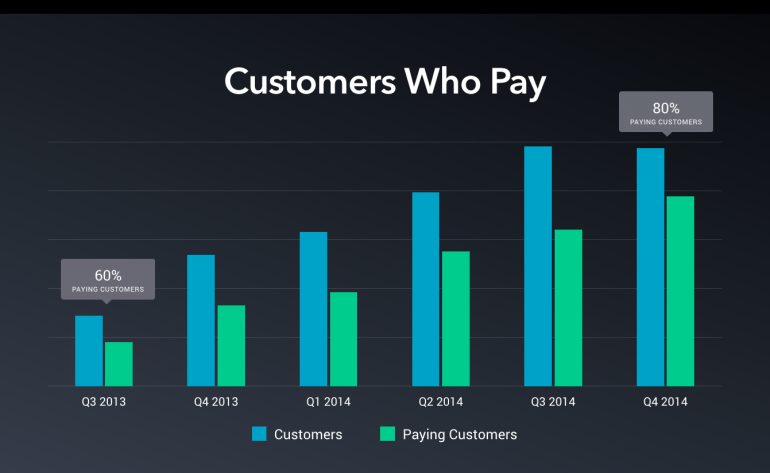The ‘Pay What You Want’ (PWYW) model is intriguing to plenty of entrepreneurs. It’s got the instant buzz factor of a ‘so crazy it just might work’ kind of gamble – but the flip side is that if you do it wrong, all you’ve got is a bunch of freeloading users. While Picatic, the digital ticketing platform for event management, recently switched to a freemium model, it wasn’t until well after the company learned the hard way how to make PWYW work. Just maybe, it will work for you.
PWYW didn’t start out as a runaway success for Picatic, but the company did do better than expected on one metric. “This was new territory,” says Picatic CEO Jayesh Parmar. “We wanted to get at least 25 percent of customers paying us and actually ended up with 50 to 60 percent as paying customers.”
To get over 90 percent of customers paying, Picatic made three big changes to its model.
The proportion of paying customers was quite good — though not as good as the over-90 percent Picatic saw before the freemium switch. The amount users were paying was also below expectations, so the company made three big changes: creating a story, helping its customers understand the real pricing model, and adding one last, important message for non-paying users.
Picatic’s first hurdle in its content messaging was to ensure that customers saw there were no hooks or gimmicks. “Initially, when you have pay what you want, people assume there’s a gimmick associated, because it’s an unusual business practice,” Parmar says. “Especially if it’s new to your industry, you need to be very clear what you’re offering, what your story is, what your value proposition is and that there’s no gimmick.
“We communicated how our event platform was different with emotion, so they understand there’s people behind it who are passionate. Then they were happy to pay the buck. We’re not X-corporation anymore: we’re people sitting around a table who want to disrupt an industry. It was about releasing friction.”

The second big change was around the visual presentation of the payment option. “Users would come on our board and the first thing they would see is a slider to show how much they made from their event and how much they want to put into Picatic. Right off the hop, the visual looked good in the middle, but it turned people off. They thought, ‘do you want to do 50 percent’ – which seemed exorbitant. The PWYW model was so new, they didn’t realize they had to budget in profit. They were so used to apps taking micropayments before the event, instead of at the tail end.”
To fix the situation, Picatic changed the slider to an event budget calculator. “We made it easier to to figure out what to pay us. That’s in line with the communication piece, which has to be extremely transparent to get what you want.”
Picatic also added suggested pricing, with options for three different kinds of events, separating the giant conferences from festivals and smaller events. “Eighty percent of the time, they’ll go for the middle type,” Parmar says, adding that he was surprised at this finding. “We tested that and it turned out that it had nothing to do with the percentage and everything to do with the position of it.”
The last major change Picatic made to help its PWYW model succeed: for those users who decided to pay zero, they faced a mandatory requirement to provide feedback. “We started asking people for a reason why they weren’t going to pay. That created friction. Nobody wanted to be ‘that guy’.”
How do you get customers to pay what you want when they get to pay what they want? Communicate who you really are, be transparent about what you’re offering, make it easy for them to figure out how it really works – and your PWYW model will get you paid.

